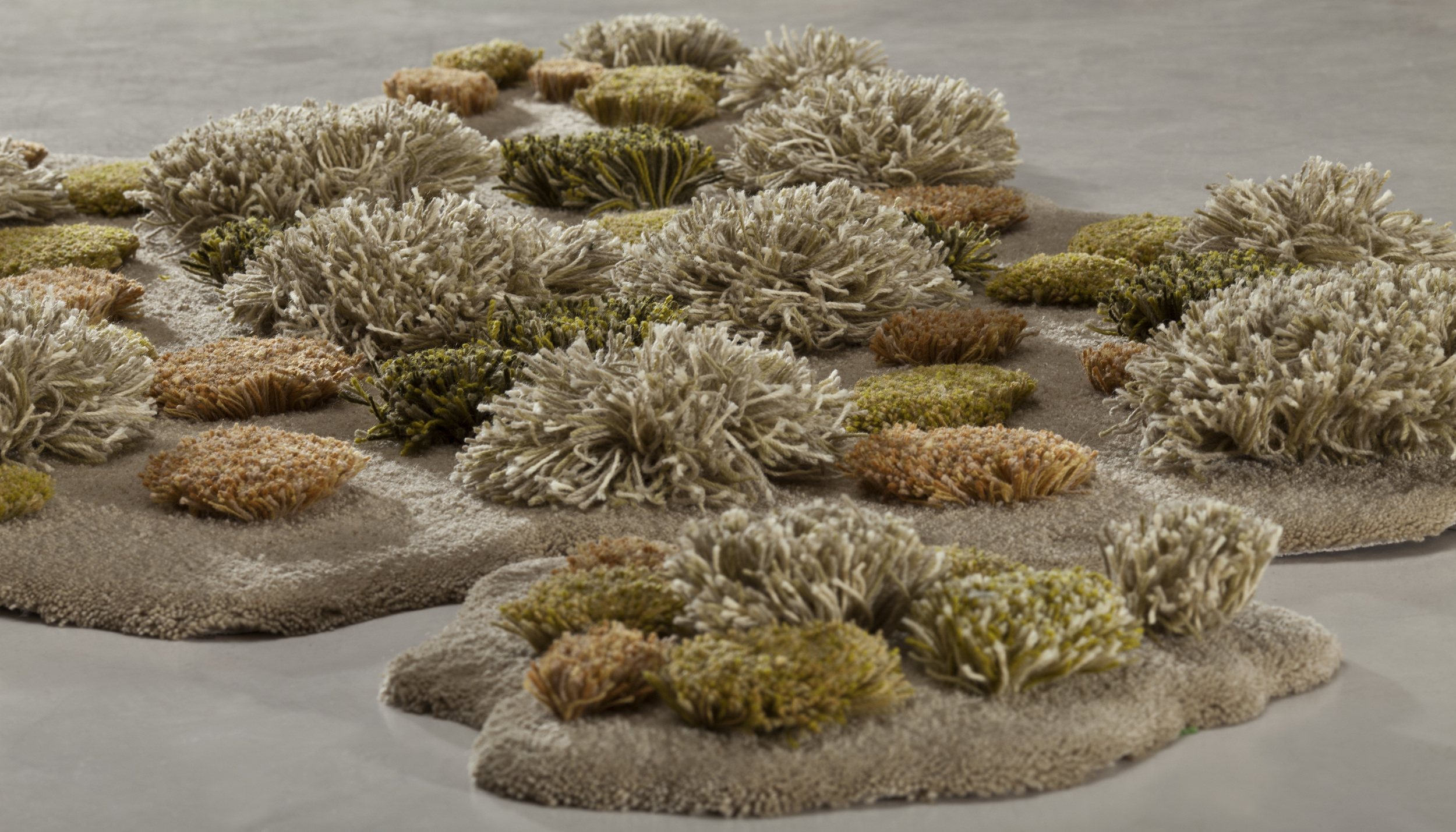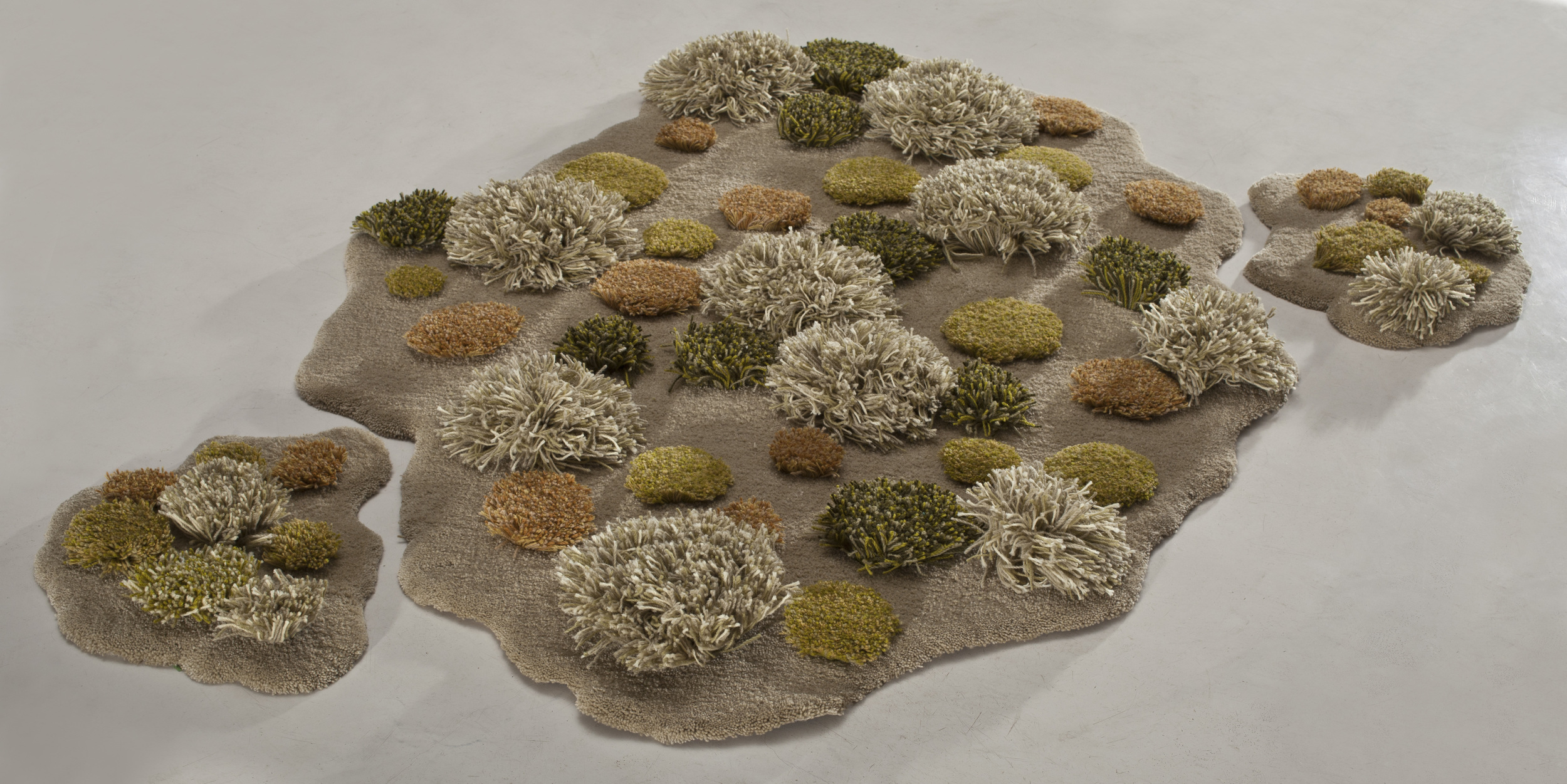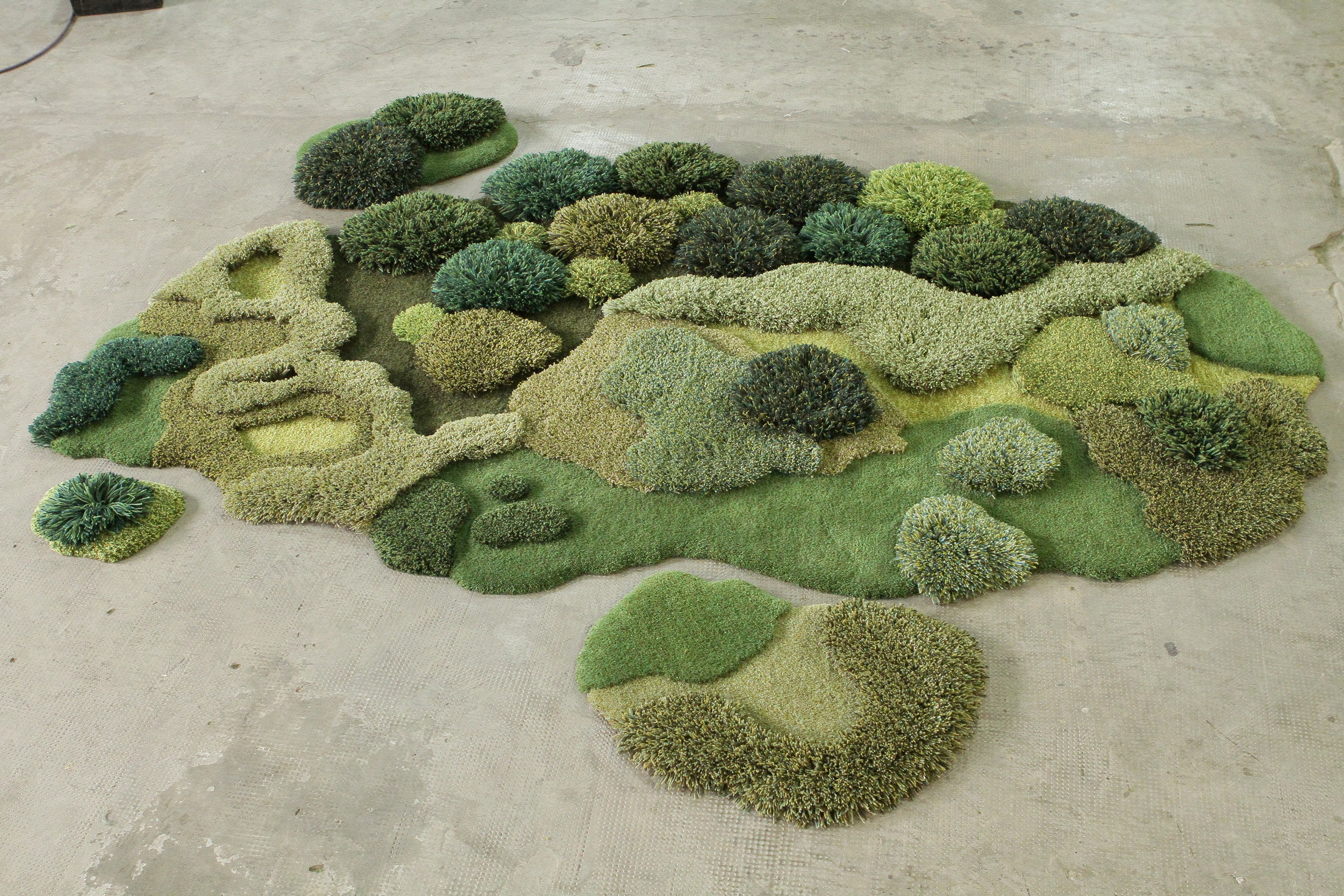We explore our Argentinian roots, our identity, history and popular culture. With this collection we want to rethink the local fashion industry.
Photo & Styling: Mariángeles y Paula Aguirre, @poli_aguirre
Model: Eugenia Robles, @eurobless
Full wardrobe: Pampa Outlaw collection by Therapy Recycle & Exorcise, @therapy_recyclexorcise_berlin
Locations: Región Pampeana de Córdoba, Argentina
Special thanks to Jorge Valinotto for taking us to these awesome locations, @jorge_valinotto
We concentrated on traditional icons from our popular culture, such as the famous pagan figure of the Gauchito Gil, a local gaucho from the 19th century who was both a martyr and a renegade.
The gaucho figure was our main source of inspiration for the aesthetic and concept of this collection. The gaucho, our local cowboy, was a criollo, the son of the Spanish colonizer and the aborigines. He was typically a rebel, an outsider who lived by his own rules, in harmony with nature and the original inhabitants of this lands, the Pampas. The gaucho defended national values, but even so, he was considered a rebel. He did not respect the ruling political class that responded to the Spanish crown. In many cases, the gaucho was considered a bandit for living isolated from society, a society that he considered corrupt and europeanizing.
By producing this collection we did not only avoid generating waste. We also used waste as our basic raw material. 90% of he collection is composed of leather and metal discards from the local industry of leather goods and footwear in Argentina, as well as discarded materials from the production of our own former collections and some customized vintage pieces of clothing. The other 10% of the materials is composed of new supplies necessary for the completion of the garments (rivets, eyelets).
The leather and metalic waste we used can be found in some rare deposits that sell these remnants. They are purchased by private individuals for personal use. There is no national policy for the treatment or use of this type of disposal materials, which end up in most cases in the trash can. We intend to open a debate about the sustainability of the fashion industry in Argentina. We are also aware that particularly leather production is highly polluting. We also intend to focus on this issue and ask questions that lead to possible sustainable alternatives.
500 kg of chemicals are needed to process one ton of leather. The production generates large volumes of solid and liquid waste with a combination of organic and inorganic compounds. Great leather industries in Argentina have not adopted effective strategies to end the problem of contamination of water by dumping of dangerous substances, taking advantage of lax local legislation and lack of controls. ACUMAR is the agency dedicated to monitoring and controlling the environmental situation in the area.








